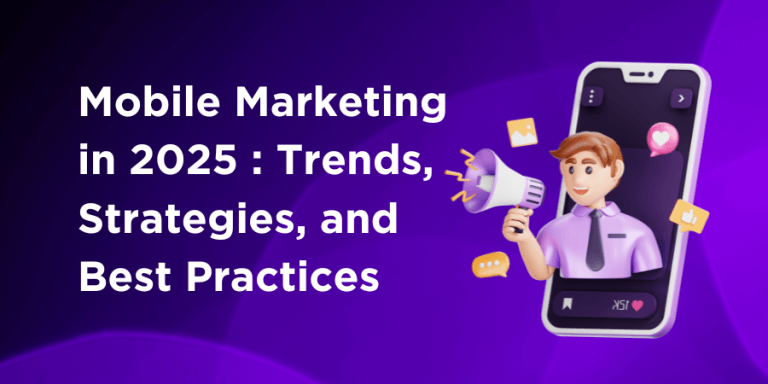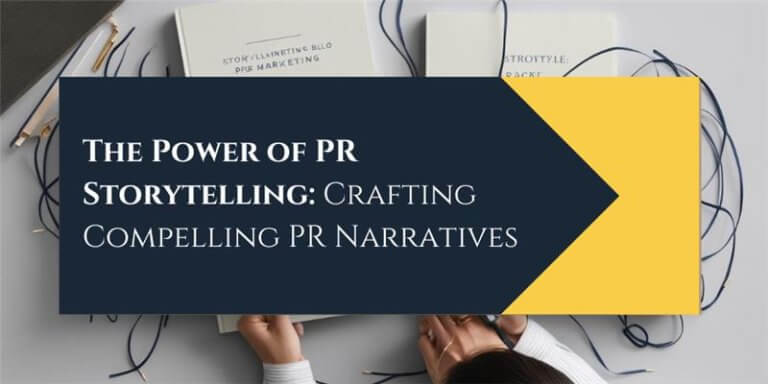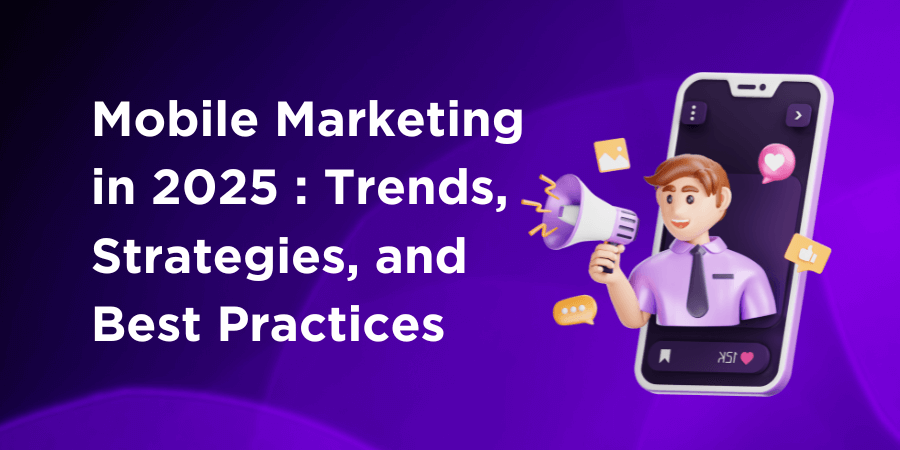Integrated campaigns: They’re the pinnacle of our industry, the bullseye we all aim for, and regardless of whichever marketing sector you are in, annual award events say they are looking for and rewarding them. But recent research from Kantar Millward Brown highlights the disconnect as seen by the very people we convince ourselves we are trying to target.
Specifically, the research reveals that 89% of marketers feel their campaigns are integrated, but only 52% of consumers feel the same way. Digging more into the results, it asked consumers, “What ads have you seen recently that worked well in lots of different places and/or formats?” 47% didn’t know or couldn’t think of anything, whilst 67% couldn’t think of anything when asked: “What ad have you seen recently that worked particularly well online?”
Why the difference in perception between marketers and consumers? Why are they not able to recall campaigns? Is it down to consumer understanding of the definition of an integrated campaign or just that we believe our own hype so much that we are over-looking the reaction of the most critical element in any campaign—the target audience?
Surely there’s an element related to a consumer’s understanding, but at its heart, we are blinded by our own professional backgrounds and ways of working. Yes, we may start with research into the target audience, but we soon get taken over by insight and creativity, to the detriment of answering the most basic questions about the audience and how they are going to see this incredible creative.
As an agency, we are increasingly receiving briefs from existing clients and through new business where they can see that we not only deliver insight and creative (we wouldn’t be great at what we do if we couldn’t do that) but crucially, they can see that we put the target audience at the center of everything we do. We don’t stop with the tactics, we work our way through the customer journey to ensure that the channels used not just reach the right target audience, but also lead them through to the desired action.
We all talk about the importance of doing this, but actually delivering this requires a single-minded focus on the customer. We have to start with the customer, check insight and creative against the customer profile, identify and use only the channels that the customer is using, and make sure that the customer is properly responding to deliver the anticipated reaction.
Again, Kantar Millward Brown’s research articulates this brilliantly: “Multimedia pre-testing of campaigns carried out as part of the AdReaction study found that those which work best across all media to achieve brand objectives are both integrated and customized, with versions tailored to suit different channels. When these two things are combined, it can boost the effectiveness of a campaign by 57%. While 75% of ad campaigns are integrated, less than half are also customized, whilst one in four are fragmented and therefore not recognizably part of the same campaign.”
In a world of brands all fighting for the limited attention of consumers, you have to give yourself the best chance of standing out. We can help—so come talk to us about why we put the consumer at the center of everything we do.











